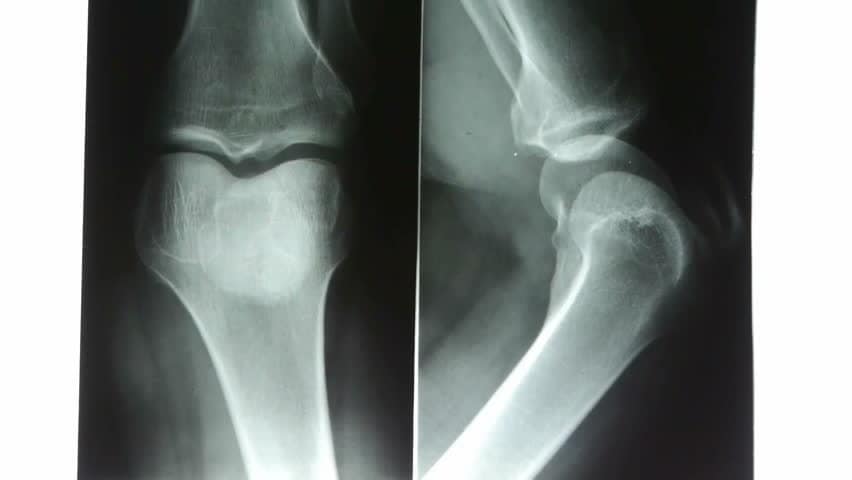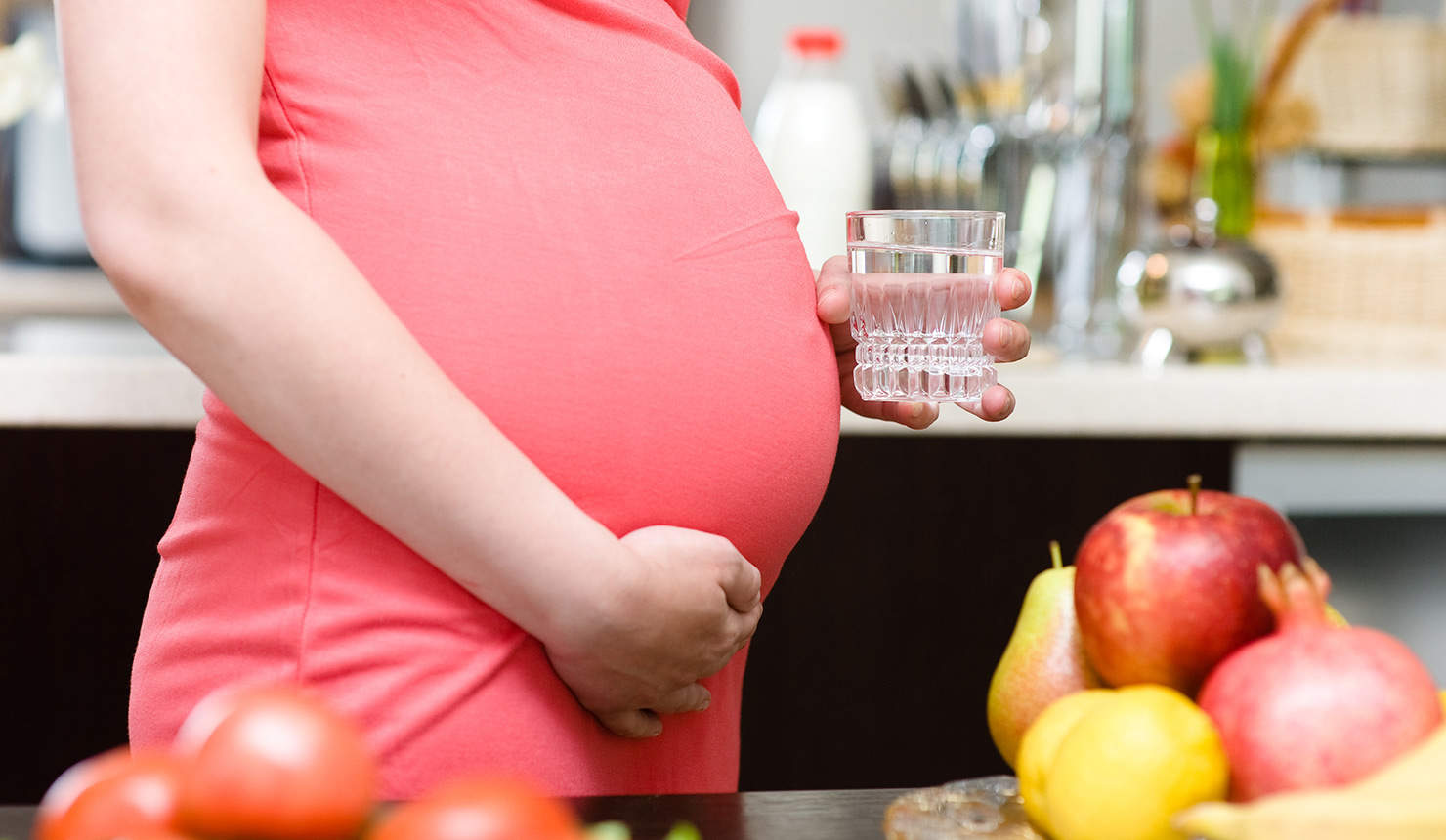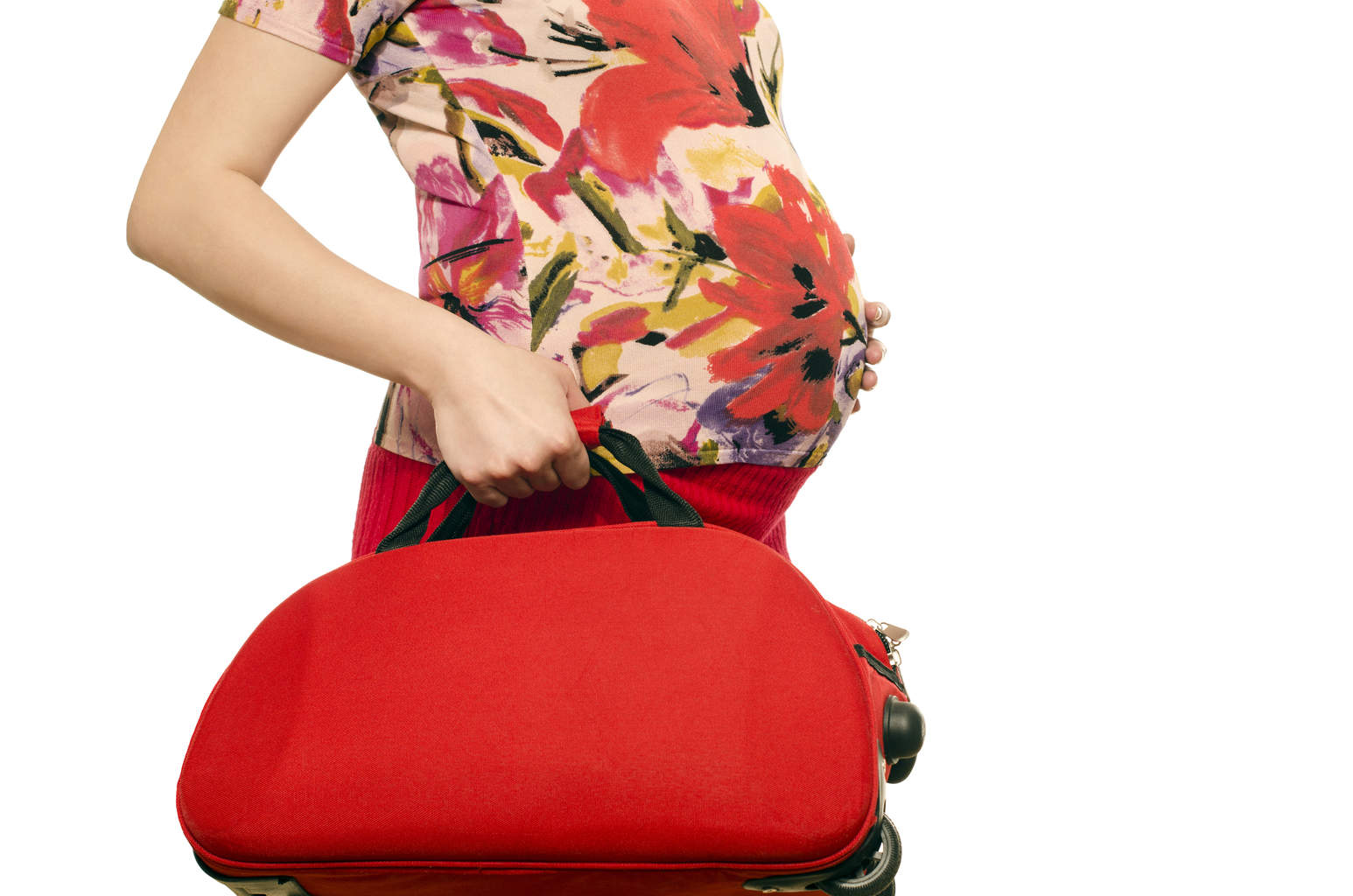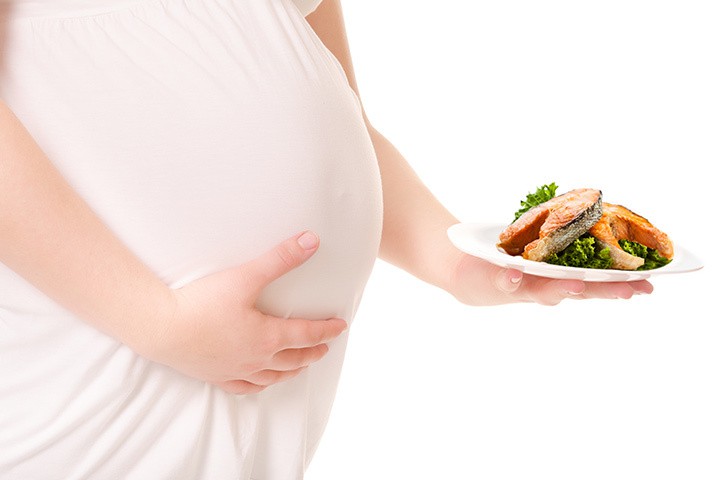Contents:
- Medical Video: Tuberculosis: What You and Your Family Should Know (Navajo)
- What is bone tuberculosis?
- What are the characteristics and symptoms of bone TB?
- How do you prevent bone tuberculosis?
Medical Video: Tuberculosis: What You and Your Family Should Know (Navajo)
So far what we often hear is about pulmonary tuberculosis. But, it turns out tuberculosis not only attacks your lungs, but can also spread and attack bone, known as bone tuberculosis. If left untreated, TB can spread to all parts of your body through the bloodstream.
What is bone tuberculosis?
TB or tuberculosis is caused by bacteria mycobacterium tuberculosis. These bacteria can spread from person to person through the air. A person who is infected with TB (his lungs are infected with the bacteria that causes TB) can cough, sneeze, even talk by releasing the bacteria into the air, so that it can transmit to the surrounding people.
This is more likely if you live in a densely populated place where there are many TB sufferers or if you are close to TB patients where the room is not well ventilated. These bacteria that enter your body can then stay in the lungs. People with weakened immune systems can easily become infected and develop symptoms of active TB.
Untreated pulmonary tuberculosis can then spread other body parts outside the lungs through the bloodstream. One of them is spread to the bone, making the bones become sick and causing bone tuberculosis. Almost all bones can be affected, but the bones most often attacked are the spine and joints, such as the hips, knees, legs, elbows, wrists, and shoulders.
Although about half of all tuberculosis (TB) sufferers have also been infected with pulmonary tuberculosis, but usually when experiencing bone tuberculosis, pulmonary TB disease is no longer active. Thus, most people with bone tuberculosis do not experience symptoms of coughing and do not expect that they suffer from tuberculosis. Because most people with bone tuberculosis do not have a cough that can spread active virus particles, so bone tuberculosis is generally not contagious.
What are the characteristics and symptoms of bone TB?
Bone TB usually affects young adults or children over the age of 6, even though children are one year old and older people can also be infected. People with bone TB will complain that one or more joints are painful and stiff for several weeks. This is the most common initial symptom of bone tuberculosis. Patients can also feel weak bones.
The pain experienced ranges from mild to moderate. The type of pain experienced by sufferers depends on the exact location of the TB attack. Spinal tuberculosis which attacks the spine, or also commonly called Pott's disease usually affects the thorax (back chest), causing back pain and a strange spine shape like a hunchback. Whereas TB that attacks the joints can cause painful and stiff pain in the bones around the joints. The infected joint is filled with fluid and the surrounding muscles can peel off.
Other common symptoms that may or may not appear due to bone tuberculosis, namely:
- Fever
- Sweating at night
- Loss of appetite and weight
- Fatigue
Bone TB that attacks the spine usually experiences common symptoms as above. However, people with bone TB who attack the joints usually do not experience these general symptoms.
How do you prevent bone tuberculosis?
By preventing pulmonary tuberculosis, you also prevent bone tuberculosis. Start with yourself, always maintain personal hygiene and consume foods with balanced nutrition to improve your immune system. So, your body can easily handle if there are any bacterial or viral infections entering your body.
If you suffer from pulmonary TB, you should treat your illness well. We recommend that you follow the medication given by your doctor. That way, your pulmonary TB disease can heal quickly and not spread causing bone TB. Don't forget to eat lots of foods with balanced nutrition so that your immune system is stronger in fighting disease.












